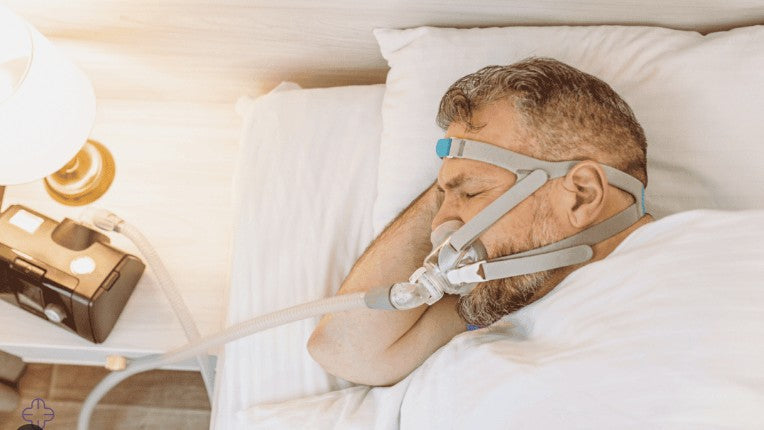Your Cart is Empty
The Device: Your CPAP Machine
At the heart of your therapy is the CPAP or BiLevel machine, delivering precisely controlled air pressure throughout your sleep. Today's machines are a far cry from the bulky medical devices of the past. Modern CPAP units are whisper-quiet and packed with features perfect for the Australian lifestyle, including:
- Heated humidifiers to combat our dry climate
- Portable battery packs for camping trips
- DC power options for caravan travels
- Smart technology for tracking your therapy
Ready to explore your options? Browse our selection:
The Tubing: Connecting Your System
Your CPAP tubing serves as the vital link between machine and mask. The standard 2-meter length suits most bedrooms, while various options cater to different needs:
- Shop for Standard & Performance CPAP Tubing
- Shop for Slim & Slim Performance Tubing
- Shop for Heated CPAP Tubing
- Shop for Oxygen Compatible CPAP Tubing
For added comfort during those chilly Australian nights, consider adding some cozy accessories:
The Mask: Your Personal Comfort Connection
Finding the right mask is crucial for successful therapy. Whether you're dealing with humid Queensland nights or dry Victorian winters, there's a mask to suit your needs. The six main types include:
- Nasal Cushion: Perfect for natural breathing patterns
- Nasal Pillow/Prong: Ideal for active sleepers
- Full Face: Great for mouth breathers
- Total Face: Maximum coverage when needed
- Oral: Specialized mouth-only option
- Hybrid: Combining different design elements
Maintenance Tips for Australian Conditions
Weekly maintenance is essential for optimal therapy:
- Clean your tubing weekly to prevent buildup from our dusty climate
- Inspect for wear and tear, especially in high-humidity areas
- Replace worn components promptly - many private health funds cover regular replacements
- Consider heated tubing to manage condensation in cooler regions

